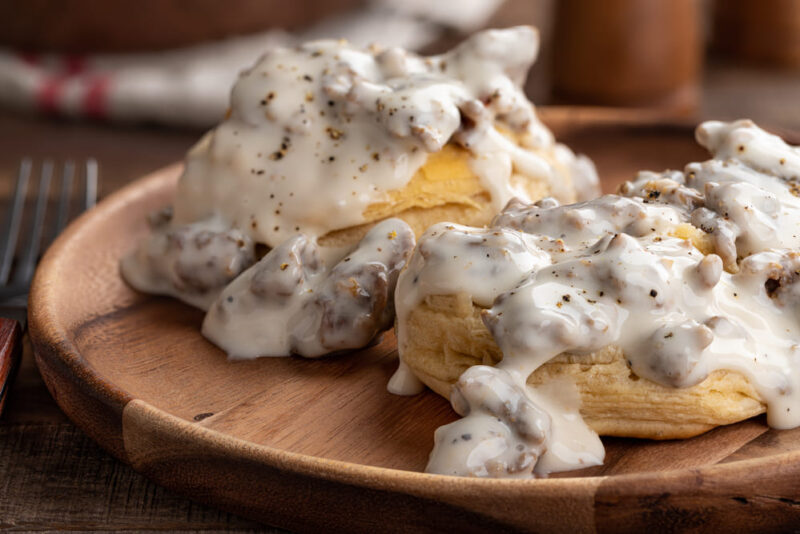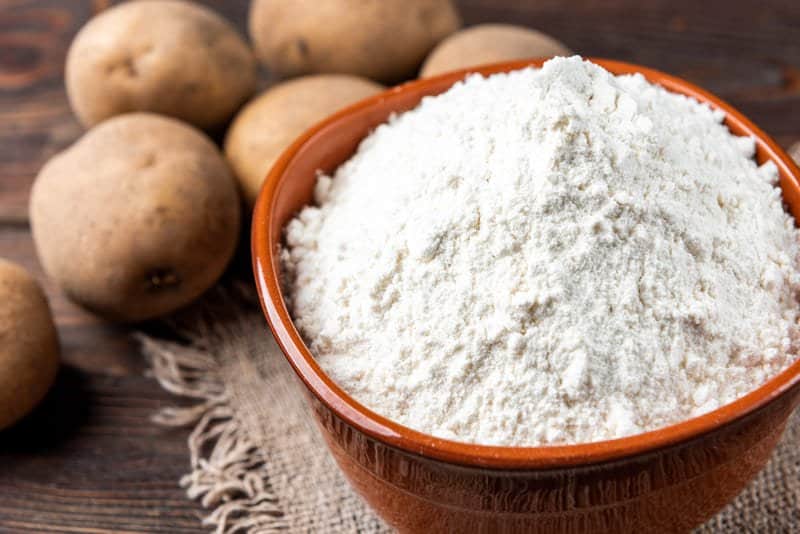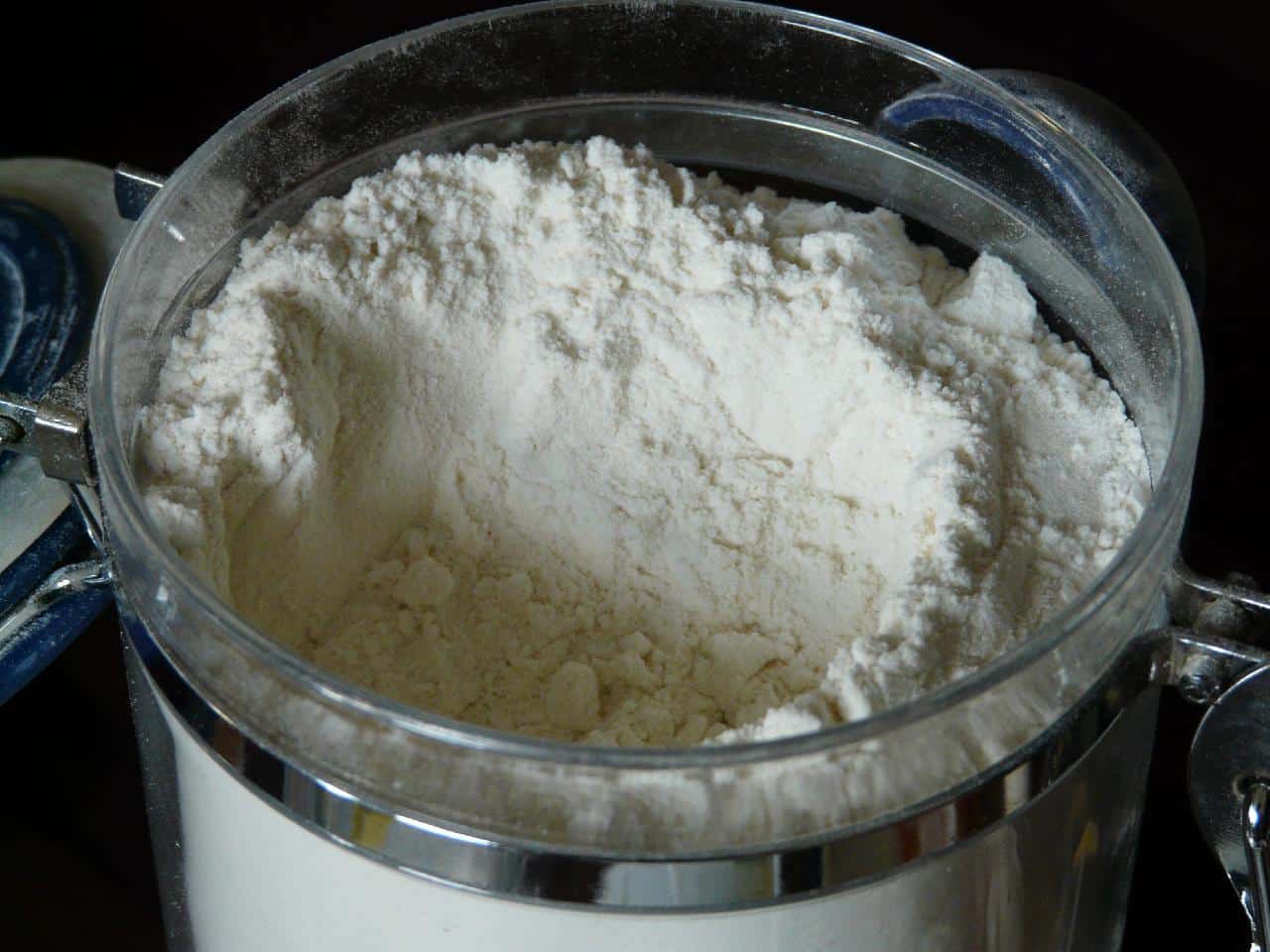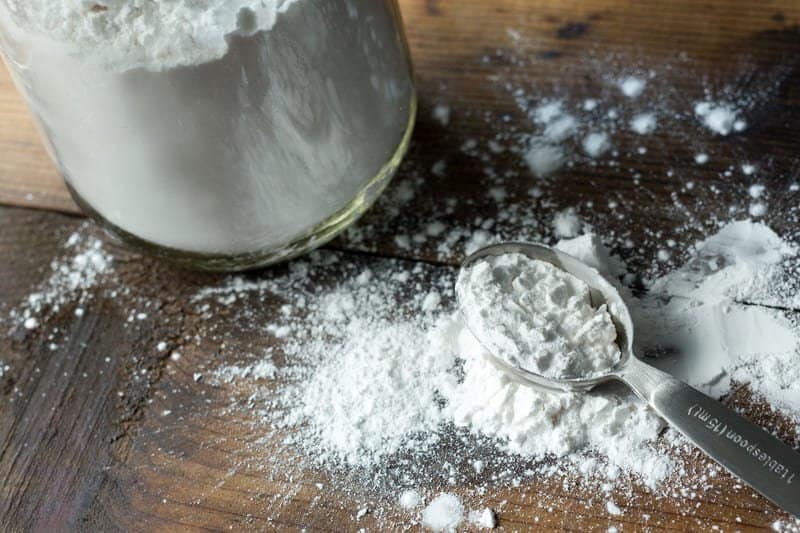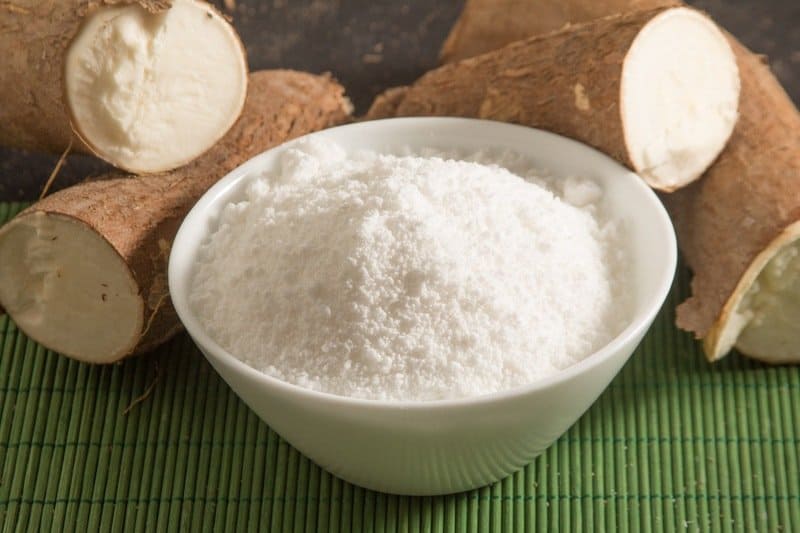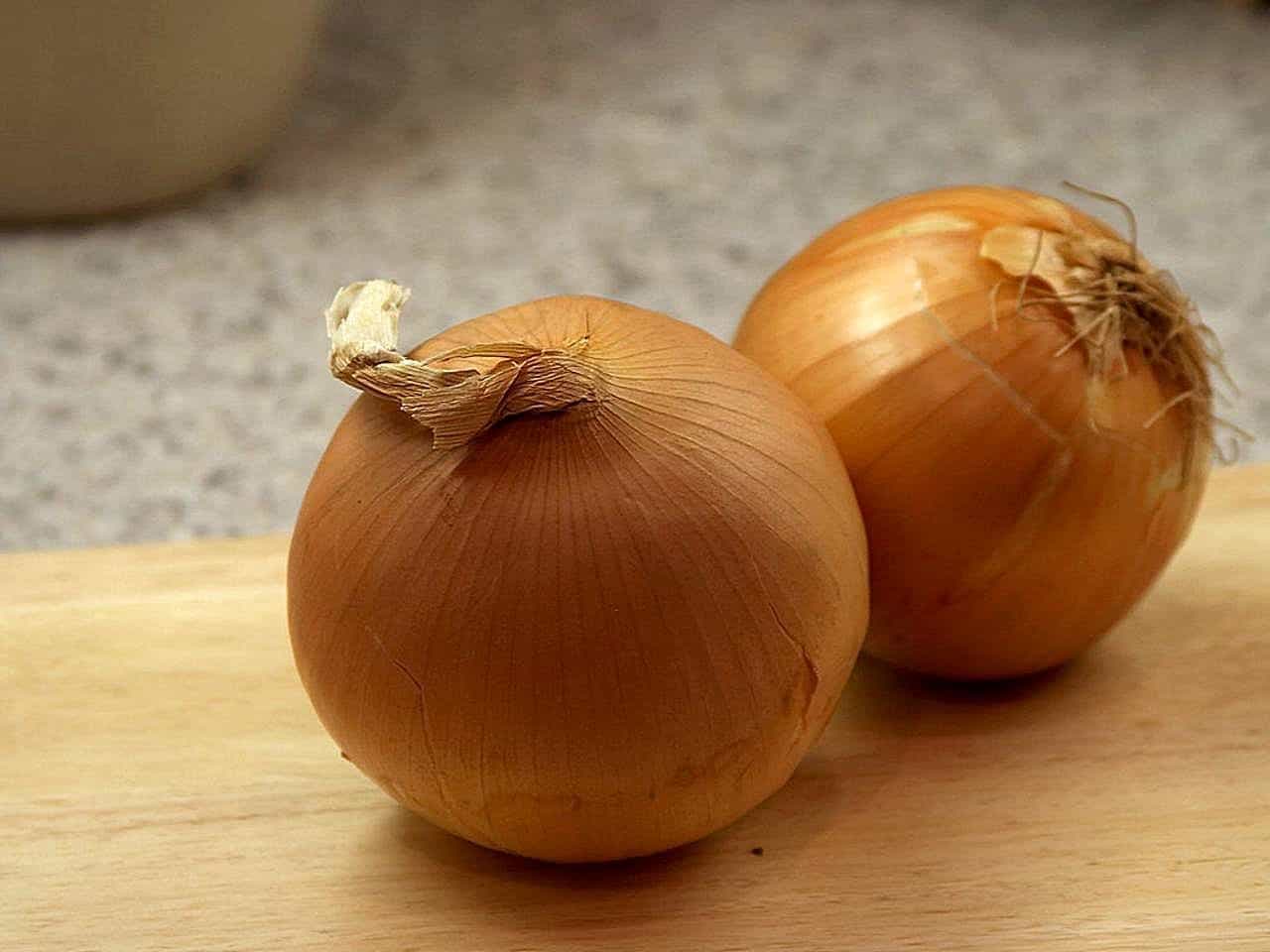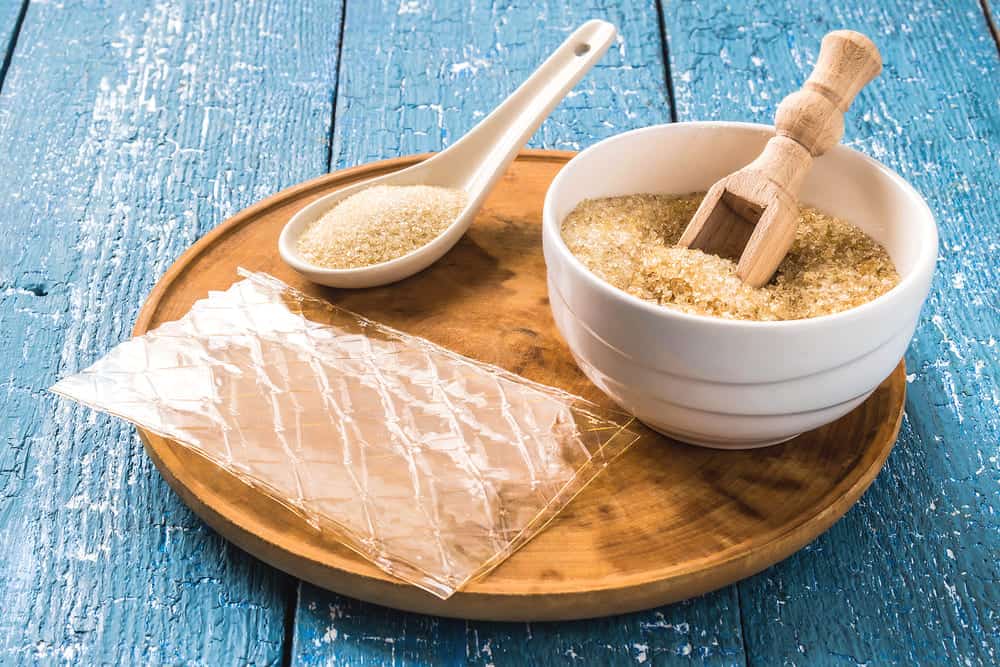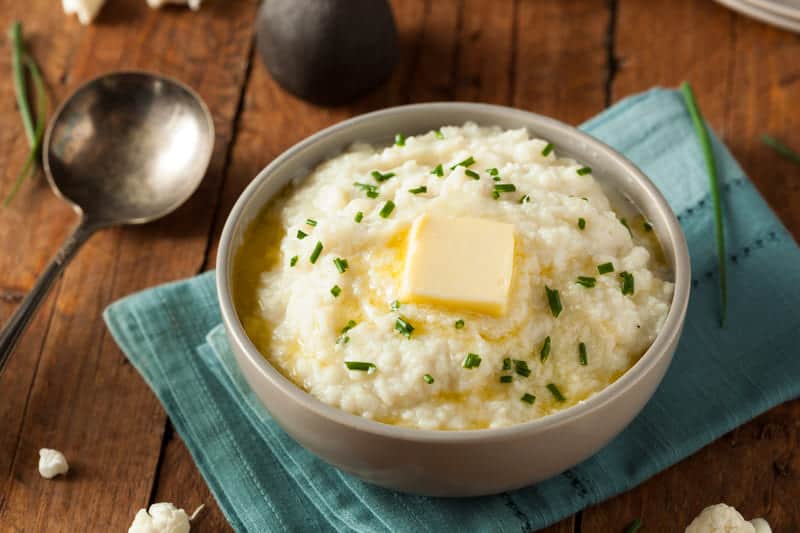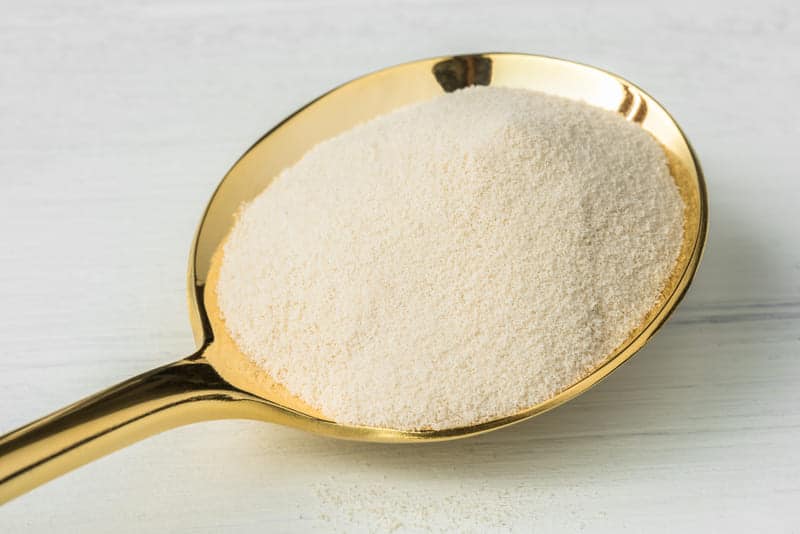Brown gravy, mushroom gravy, onion gravy, cream gravy, vegetable gravy, or any other type of gravy is a must-have condiment we use to improve the flavor of our food.
Gravy is usually made from the meat juices that are dripping while they are cooked, broth or stock, thickener, and seasonings. You can make gravy with drippings of different types of meat like pork, turkey, chicken, and beef.
But you can also make gravy with sausage, ham, or bacon drippings, and with roasted or boiled vegetables or mushrooms. It can be also found in stores as canned or dry mixed-instant gravies, which you can prepare simply by adding water.
Different types of gravy are used in various recipes such as roasted meats, rice, meatloaf, biscuits, mashed potatoes, fries, and noodles.
If you don’t have or for some reason, you don’t want to use flour or cornstarch to thicken your gravy there are other alternatives you can use instead.
Some flour or cornstarch substitutes for gravy include potato starch, rice flour, arrowroot flour, tapioca flour, onions, gelatin, xanthan gum, or some of the following ingredients.
Let’s learn more about each substitute below!
Different Ways To Thicken Gravy Without Flour Or Cornstarch
Here are the ingredients you can use instead of flour or cornstarch to thicken the gravy. Some of them are gluten-free and suitable for people allergic to gluten.
1. Potato starch
Potato starch is clear white powder, with a neutral flavor extracted from potatoes. It is a good water-absorbent therefore; it is used as a thickener in gravies, sauces, soups, casseroles, stews, and pie fillings.
Potato starch is also used in baked goods and as a coating for fried foods. It is gluten-free and suitable for people allergic to gluten. You should not heat potato starch for a long time because it can break down and make your gravy thinner than it is supposed to be.
2. Rice flour
Rice flour is another gluten-free ingredient made from milled white or brown rice. It is usually used as a substitute for wheat flour in biscuits, cookies, and cakes and as a thickener in stews, soups, sauces, and other recipes.
Rice flour is colorless and has a neutral flavor. You can use it as a thickener for gravy instead of cornstarch or flour and get gravy with a rich, smooth, and thick texture.
3. Arrowroot flour
Arrowroot flour is made from grounded, dried roots of tropical plants. It is gluten-free, flavorless, and colorless flour usually used as a coating for fried foods, and a thickener in fruit fillings, jellies, gravies, sauces, and soups.
If you want to use the arrowroot flour as a thickener in gravy you have to make it into a slurry before you add it into the gravy. Because if you add arrowroot flour into a hot liquid it will clump up and ruin your gravy.
Arrowroot flour should not be used together with dairy products because you will get a recipe with a slimy texture.
4. Tapioca flour
Tapioca flour is another gluten-free thickener you can use in sweet and savory recipes. It is made from the roots of the cassava plant and doesn’t have any particular flavor.
Tapioca flour is used in soups, gravies, sauces, stews, jellies, jams, pie fillings, and baked goods. Make a slurry with one tablespoon of water and one tablespoon of tapioca flour and add it to the gravy. Mix until you get the desired texture.
5. Onions
Onions will give a nice, rich, sweet caramelized flavor to your gravy. If you don’t have any other thickener on hand you can cook the onions until they are soft and caramelized.
Blend the caramelized onions, add the broth and bring the mixture to a boil. Reduce the heat and simmer until you get the desired thickness. Add salt, pepper, and herbs to your taste and enjoy.
The only bad thing about this thickener is that you will need more time to caramelize the onions.
6. Gelatin
Gelatin is made from collagen which is found in the bones, skin, and connective tissue of pigs, cattle, chickens, and fish. You can find gelatin in powder form and sheets.
Gelatin is used as a thickener in sweet and savory recipes. It is better to use powdered gelatin as a thickener in gravy. Use 1 tablespoon of powdered gelatin to thicken up 2 cups of liquid.
First, mix the gelatin with 2 tablespoons of cold water, and let it sit for about 5 minutes. Slowly add the mixture into the simmering gravy and mix to combine. Remove from the heat and let it cool and thicken, because gelatin thickens while it cools.
7. Xanthan gum
Xanthan gum is a food additive used as a stabilizer and thickener in different sauces, salad dressings, baked goods, ice cream, gravies, and soups.
To thicken gravy with xanthan gum all you have to do is to mix it with water and add the mixture to the gravy. Xanthan gum doesn’t need to be heated or cooled to create a gel-like texture, so it can be used in various recipes.
To thicken up one cup of gravy, mix one tablespoon of oil with 1/8 teaspoon of xanthan gum and add it to the gravy. Mix and simmer until you get the desired texture.
8. Pureed vegetables
Pureed vegetables can be also used as a thickener for gravy.
You can use roasted potatoes, carrots, beet, parsnip, or other vegetables of your choice. Just blend them and add to the gravy. Simmer to get a nice, thick, and flavorful gravy.
Vegetables have different flavors which can alter the flavor of your gravy. Therefore, use the one whose flavor you like the most.
9. Agar powder
Agar powder is a plant-based alternative to gelatin. It is made from a type of seaweed–red algae and is used as a thickening and stabilizing agent in cooking.
If you want to use agar powder as a thickener in your gravy add it to the gravy and simmer the mixture until it is thickened. You will need one teaspoon of agar powder to thicken one cup of liquid.
10. Reduction method
If you don’t have any thickener on hand you can use the reduction method to thicken up your gravy. After you add the broth to the pan let it simmer until you get a thick texture. You will get gravy with a more concentrated flavor, and saltier due to the liquid reduction.
Related Questions
How can I thicken a sauce without flour or cornstarch?
If you don’t have flour or cornstarch you can thicken a sauce with potato starch, rice flour, arrowroot flour, tapioca flour, xanthan gum, or agar powder.
What thickens gravy besides flour and cornstarch?
Besides flour and cornstarch potato starch, rice flour, tapioca flour, and arrowroot flour can thicken up the gravy.
How do you make gravy thicker without flour?
You can make the gravy thicker without flour if you use cornstarch, arrowroot flour, or any other ingredient mentioned in this article.
What can I use as a thickener instead of flour or cornstarch?
As a thickener instead of flour or cornstarch, you can use rice flour, potato starch, arrowroot flour, or tapioca flour.
How to thicken up sauce without flour or cornstarch?
You can thicken up any sauce without flour or cornstarch if you use potato starch, rice flour, arrowroot flour, tapioca flour, pureed vegetables, xanthan gum, or agar powder.
How to thicken milk without flour or cornstarch?
You can thicken milk without flour or cornstarch if you use arrowroot flour, rice flour, xanthan gum, potato starch, tapioca flour, gelatin, or any other thickener.
You can also reduce the milk to make it thicker. Simmer the milk at low heat and stir to prevent it from burning. The water from the milk will evaporate leaving you with thicker milk.
Last Tips
There are many alternatives to flour and cornstarch you can use to thicken the gravy.
You just have to use the one that you like the most and that will give the best texture when you are using it as a thickener instead of flour and cornstarch.
Tasty gravy with a thick and smooth consistency is a beautiful condiment you can use in many different recipes.
